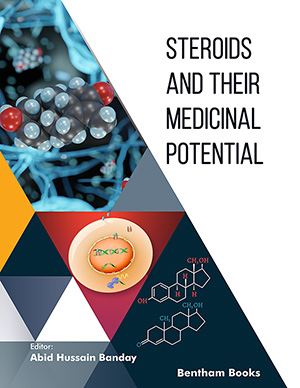Abstract
Hypoxia is a decrease in tissue oxygen concentration, normally caused by a reduction in the partial pressure of atmospheric oxygen. Due to the exposition to hypoxia, reactive oxygen species (ROS) are continuously generated and, therefore, increased risks of oxidative lesions have been reported. ROS may severely damage lipids, proteins and DNA. The most important source of ROS during hypoxia is the mitochondria, which release cytochrome c following oxidative damage. Once released, cytochrome c may activate the caspase cascade, switching on the apoptotic pathway. ROS generation is typically associated with brain injury. The brain contains low activity of antioxidants enzymes, it is rich in lipids and it has high metabolic activity. The combination of these factors makes the brain particularly vulnerable to oxidative stress. Also, it has recently been demonstrated that ROS acts as a physiological signal in many cells, including neurons. A protective role of ROS in neuronal plasticity has been suggested. Erythropoietin (EPO), one of the best-known mediators of the physiological response to hypoxia, has been recently reported in the central nervous system. Over the last few years, EPO has been shown to exert neuroprotection, and its role as an antioxidant agent is currently under discussion. In agreement with recent works, we will present the generation of ROS during exposure to hypoxia, and we will define what degree of oxidative stress is necessary to induce physiological adaptations. Moreover, the effects of EPO will be discussed according to its newly described role as an inhibitor of the oxidative stress.




























